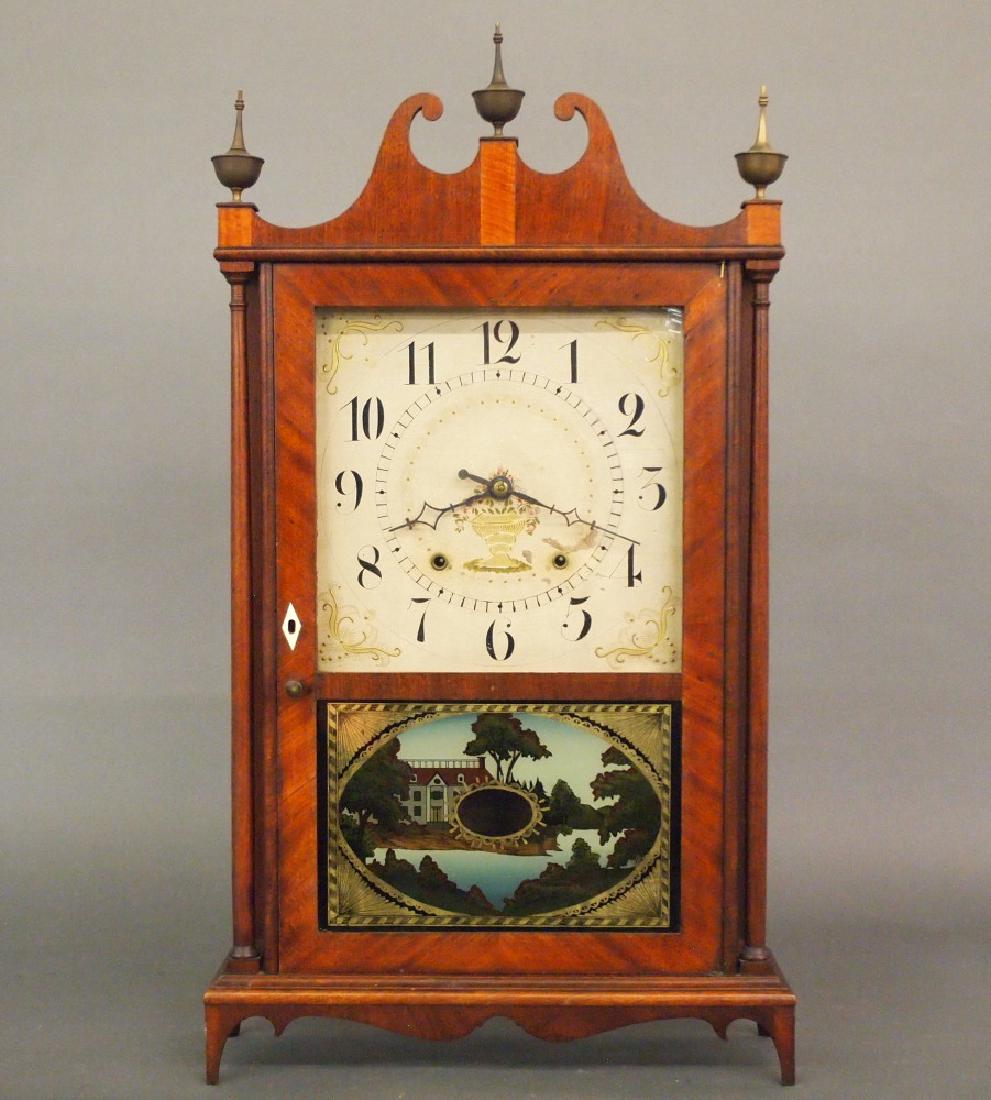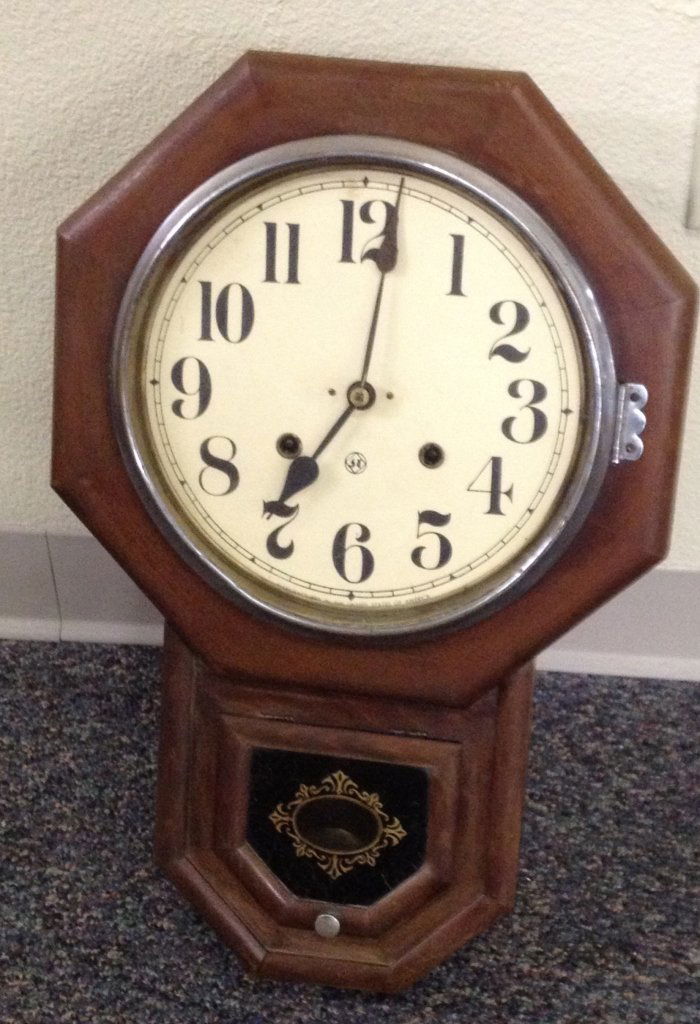


In 2001, it filed for bankruptcy, ending the nearly 200-year life for this famous company.

became an international corporation with an astonishing increase in the variety of timepieces – from clocks to watches to tower clocks – and a brand name known worldwide.” Production continued well into the 1940s but after 1950 business began to fall off and the company saw several changes of ownership and a major relocation of the clock business from Thomaston to Athens, Ga., in 1983. “During this period, the Seth Thomas Clock Co. After Seth Thomas died in 1859, his son Aaron took over as president of the company. He learned very early the value of diversification so that his clockmaking business was balanced with other significant ventures,” Roome noted. “While Seth Thomas was not an inventor or pioneer, he was a remarkably astute businessman. Thomas began his own business in Plymouth Hollow, Conn., in 1813 (the town was renamed Thomaston in 1865 in his honor). Seth Thomas was a young joiner who hailed from Wolcott, Conn., and worked as an apprentice to Eli Terry, “arguably the father of mass production in the clock manufacturing business,” said Roome. Photo courtesy of American Clock & Watch Museum 1 wall clock, circa 1876, by Seth Thomas Clock Co., Thomaston, Conn. “One factor sometimes overlooked was the influx of many Europeans in the last half of the 19th century, particularly from Germany, who brought with them their clockmaking skills from the Black Forest of Germany,” notes Ian Roome, who serves on the board of directors for the American Clock & Watch Museum in Bristol, Conn.Īn Office Calendar No. Seth Thomas and other makers profited from the abundance of riches available here from waterpower to a rich tradition of New England manufacturing enterprises in complementary industries and access to ports. From regulators to wall and shelf clocks, Seth Thomas made clocks for nearly 200 years that were highly sought after for their technical craftsmanship and aesthetic beauty.Ĭonnecticut became a hub for clockmaking for several reasons. was one of nearly a dozen enterprises that flourished there, including well-known names like Ingraham, New Haven, Waterbury and Ansonia. NEW YORK – In the 19th century, clockmaking was a booming industry in Connecticut and the Seth Thomas Clock Co. Photo courtesy of Fontaine’s Auction Gallery and LiveAuctioneers 12 ship’s clock has a silvered dial signed ‘Seth Thomas.’ It has a brass double spring-driven movement signed ‘Seth Thomas, Thomaston, Conn.’ It sold for $3,250 + the buyer’s premium in November 2014. In 1875 the town was renamed Thomaston in Thomas’ memory.This Seth Thomas No. The company went out of business in the 1980s. He died in 1859, whereupon the company was taken over by his son, Aaron, who added many styles and improvements after his father’s death. He made the clock that is used in Fireman’s Hall.

By the mid-1840s, he changed over to brass from wooden movements. In 1817, he added shelf and mantel clocks. In 1810, he bought Terry’s clock business, making tall clocks with wooden movements, though chose to sell his partnership in 1812, moving in 1813 to Plymouth Hollow, Connecticut, where he set up a factory to make metal-movement clocks. Thomas formed a clock-making partnership in Plymouth, Connecticut with Eli Terry and Silas Hoadley as Terry, Thomas & Hoadley. He started in the clock business in 1807, working for clockmaker Eli Terry. He was apprenticed as a carpenter and joiner, and worked building houses and barns. Thomas was born in Wolcott, Connecticut, in 1785. Thomas died on Januand is interred at Hillside Cemetery in Thomaston, Connecticut Biography The Seth Thomas Clock Company-manufactured clock at ] Seth Thomas (1785 – 1859) was an American clockmaker and a pioneer of mass production at his Seth Thomas Clock Company.


 0 kommentar(er)
0 kommentar(er)
